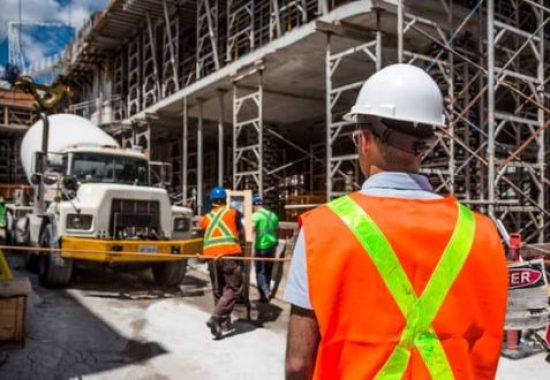
There are many industries that require their workers to don protective workwear, and construction is one such industry. The employers themselves are often duty-bound to provide access to this protective gear because it is essential in safeguarding their workers from harm. If your employees injure themselves during a construction project because they lack access to protective workwear, then you and your business will be liable. Read on to learn more.
The term ‘protective workwear’ is simply an umbrella term used to refer to any clothing or equipment which an employee must wear in order to protect them while they fulfil the duties and responsibilities of their job role. They are used in industries where people work with contaminants or hazards of all kinds. In the past, a lot of industries would forgo protective workwear simply thinking that using common sense would be enough to protect workers, but this is obviously not the case.
The risks are determined through health and safety assessments for the most part. They may be identified by regulatory bodies, but this doesn’t negate the need for independent assessments carried out by employers. Performing risk assessments can be challenging because they do represent more pressure. You could choose to partner with a firm like SMAS, which helps businesses to understand and demonstrate their health and safety compliance through SSIP.
There are a great number of risks within the construction industry that you should be aware of. Firstly, a lot of construction work relies on using chemicals and hazardous substances, which, if breathed in or allowed to come into contact with the skin, can be dangerous. Therefore, gloves and respirators are likely to be needed. Working with tools and machinery can lead to cuts, burns or abrasions and other bodily injuries. The same can be said for working in an area which is full of debris, some of which could fall from a great height. Hard hats, steel toe-capped boots, gloves and other articles of clothing should be worn to offset the risk.
There is also the potential for injuries to the eyes and ears too. The same chemicals, which could be an issue if breathed in, could also get into your eyes and irritate them, causing issues. There is also the possibility for other forms of trauma to the eye, which can all be mitigated by the use of goggles. Some forms of machinery are incredibly loud and can damage the delicate structure of the inner ear, which is why earmuffs are worn.
As an employer, you are, of course, responsible for the health and well-being of your staff. You need to ensure that you have done everything possible to offset the risks that they face from working in a hazardous industry like construction. Workwear is important, but so is the myriad of other health and safety regulations, so make sure that you aren’t neglecting them. Remember that encouraging common sense among your workers simply makes good sense too.